A couple of weeks ago, Rabbi Gendler’s (z”l) family and friends gathered in the Berkshires at the site where he was buried a little over a year ago. We were there for the ceremony to install his footstone. Due to various issues, the original ceremony had to be postponed. It worked in my favor, however, as I couldn’t attend the initial date, but I was able to make it for the rain date. Despite the rain clouds gathering in the distance, this service would happen no matter what, so we met at 4 pm in the cemetery.
It is hard to put into words the emotions I felt during the service. The rabbis at Hevreh, Neil Hirsch and Jodie Gordon, became close with Everett over the years. I can only imagine what it would be like to come to a small, rural congregation and learn that one of your congregants is Rabbi Everett Gendler – a rabbi who was named one of the 100 most important rabbis in the world and was a visionary who revolutionized how we understood and thought about the intersection of Judaism, social justice, and the environment. It is clear that they cherished their time with him, taking the opportunity to learn how he saw, understood, and practiced Judaism. They noted how this relationship spanned everything from learning how to garden to discussing theology. Rabbi Gordon said that she asked him what he thought the most important passage in the Torah was. She said that he didn’t have to stop and consider the question, he instantly said, “Be thou a blessing.” For those of us who knew and loved Everett, we can attest that he lived (or he would say, did his best to live) up to that ideal.
Everett also had a deep appreciation for ceremony. One of his favorite ceremonies was the Tu B’shvat seder. As I write this, I can imagine him saying, “But how can one choose a favorite?” In a previous blog post, I shared an article Everett wrote in 1980 explaining the ancient Kabbalist rituals around the rising of the tree sap to honor and celebrate trees. He explained that the Tu B’Shvat seder is simple and all you need are various fruits and nuts that fall into three different categories: those with protective shells on the outside but are edible inside; those edible inside but with an inedible pit; and those entirely edible. Everett always included dates in the seder. Actually, it seemed that he regularly enjoyed dates, seder or not.
As what always seems to happen around Everett, things seem to happen for a reason. Shortly before the rescheduled ceremony, Rabbi Gordon happened to come across an unopened box of dates about which she had forgotten. She realized that she could incorporate the fruit into the service. The box was passed around, and by the time it got back to her, there was only one date left. It felt apropos that as we gathered in the cemetery on the rain date, rain fell from the sky as we passed around dates. We ate the sweet fruit, and after the service, instead of stones, we placed the dates pits on his footstone. It was noted that if there is ever a date tree growing in the cemetery, we will know why, and it would be a blessing.
~Emily
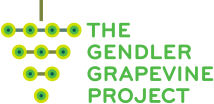
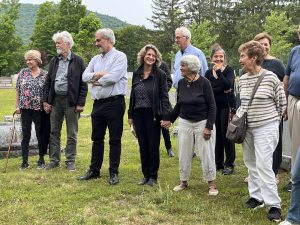
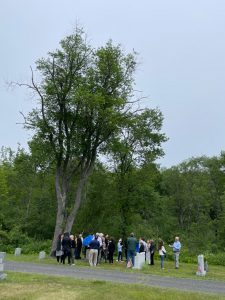
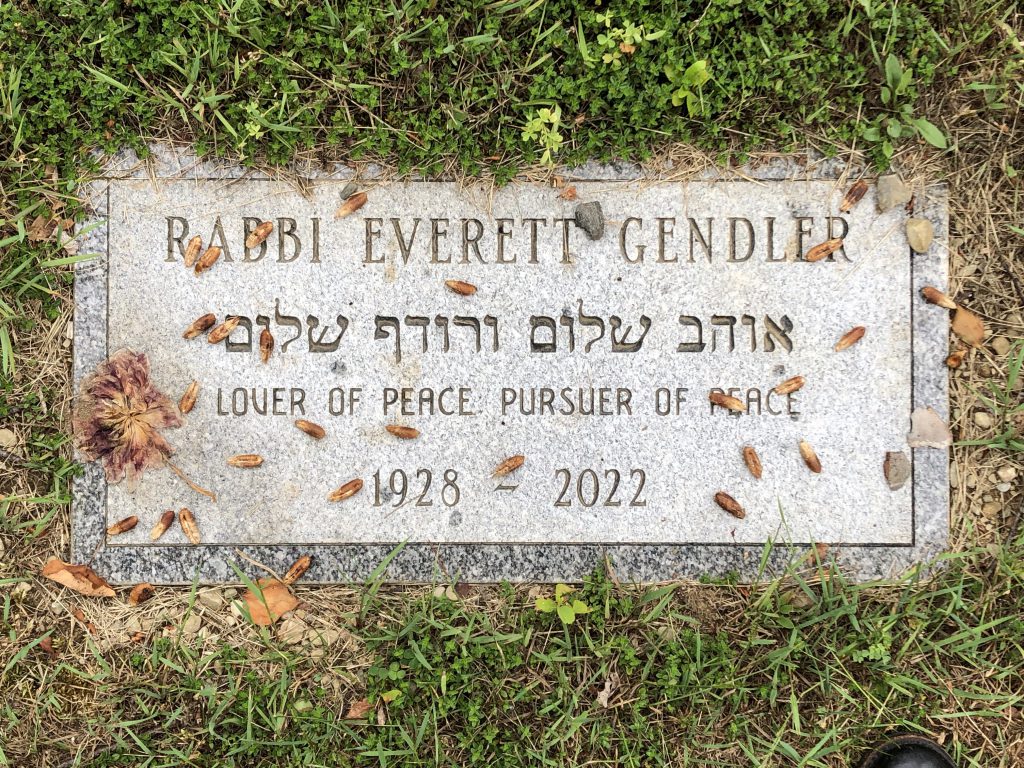
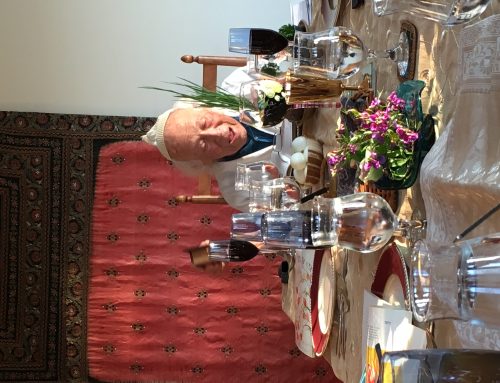
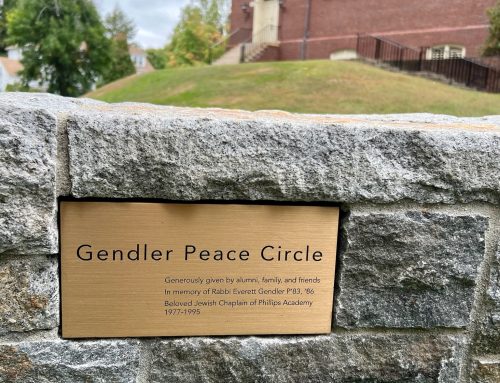
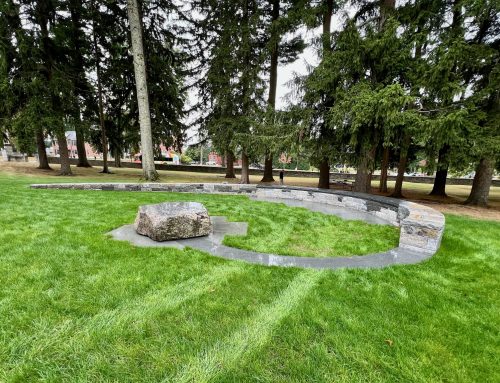
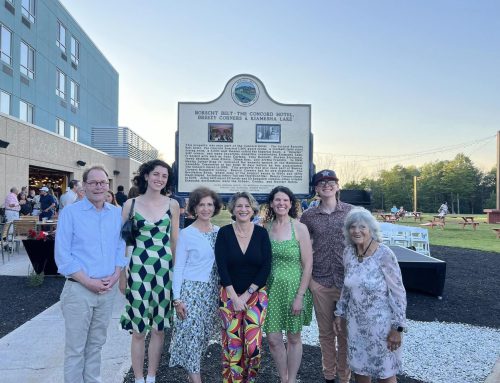
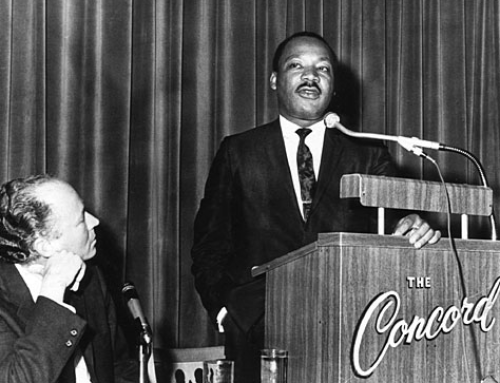
Leave A Comment